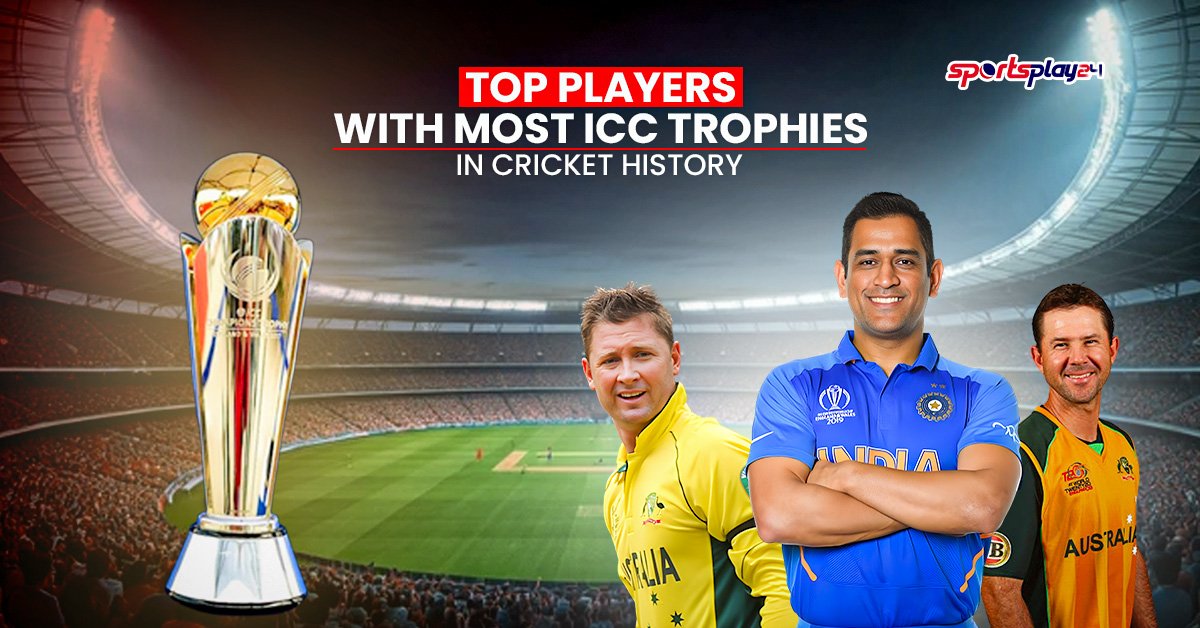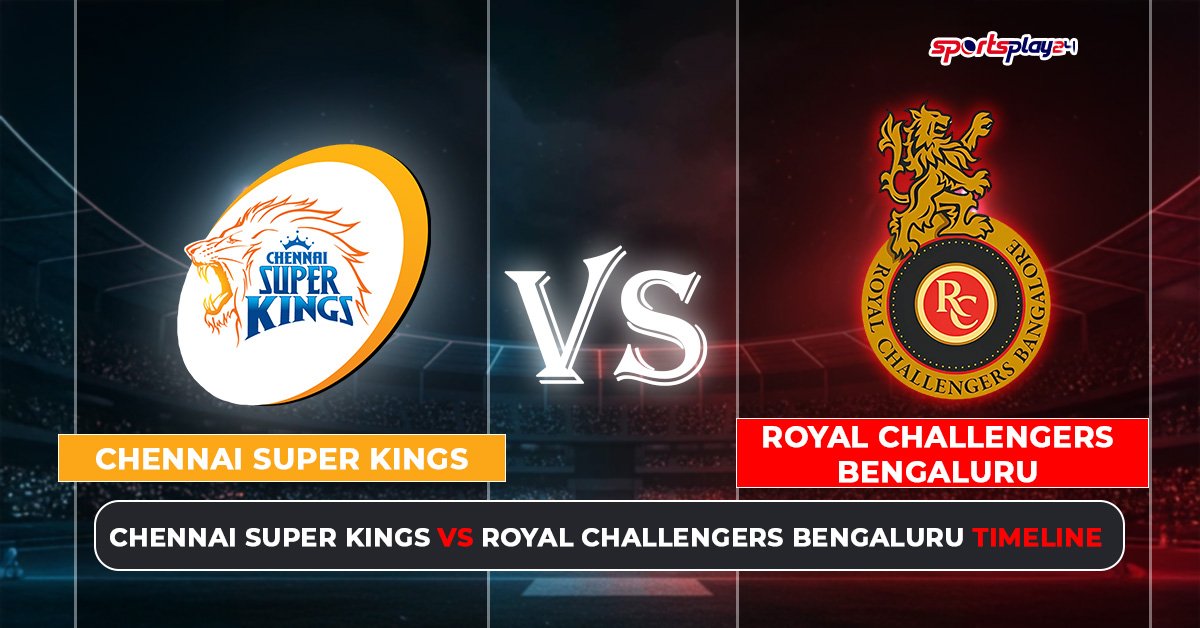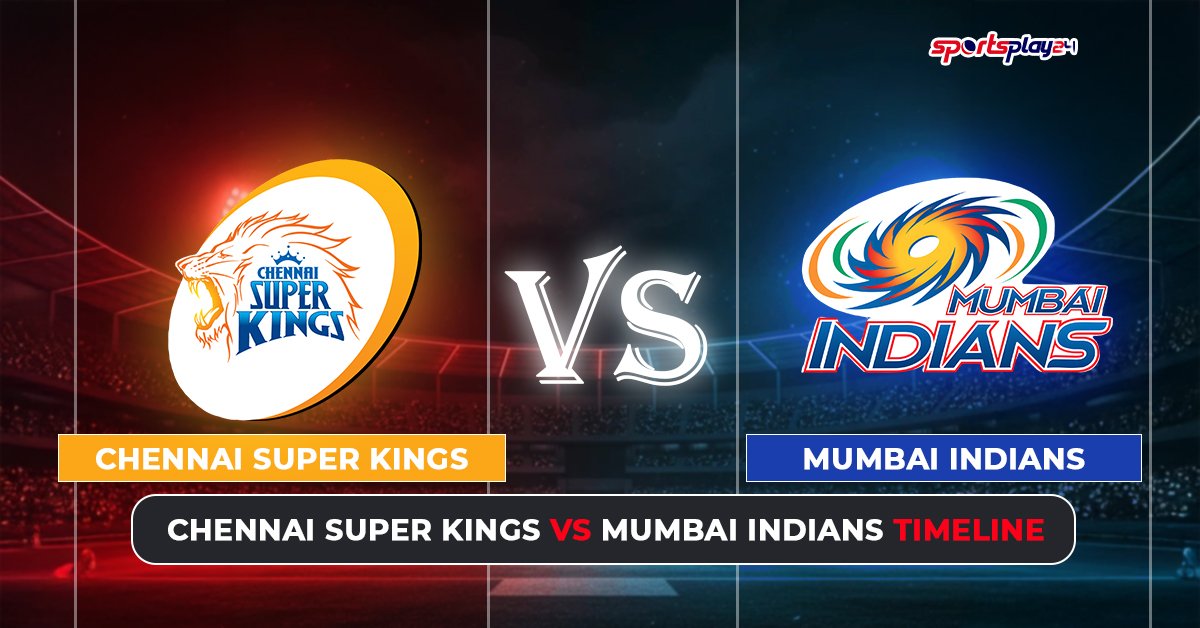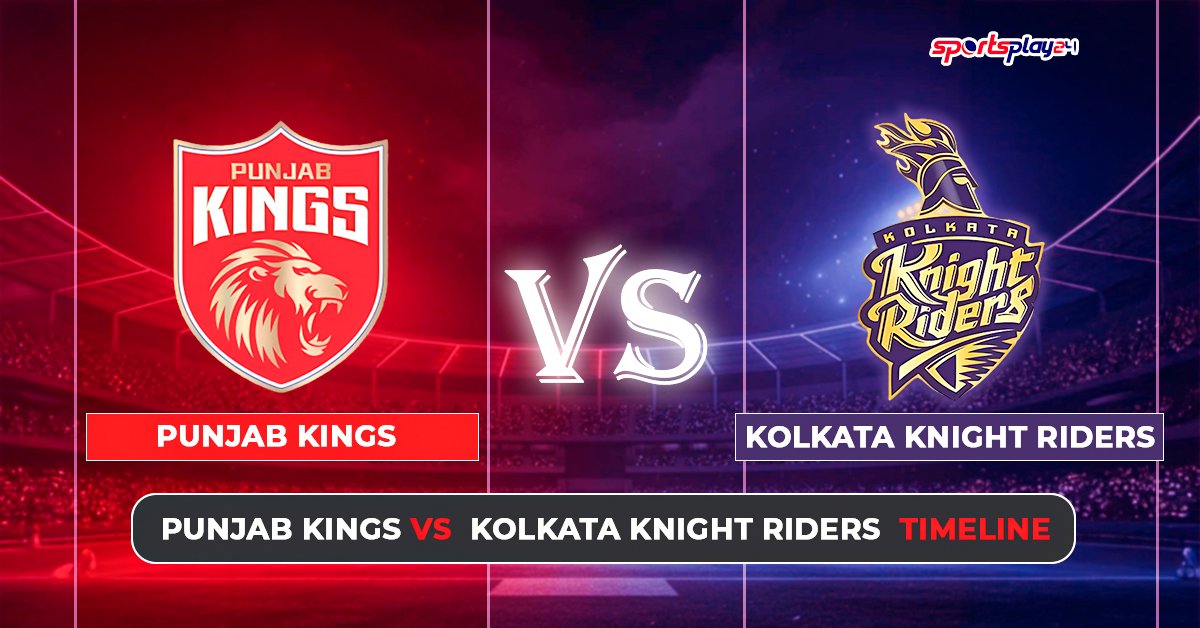
Kartik Sharma IPL 2026 Price, Team, Stats & IPL Profile
Indian cricketing talent Kartik Sharma is all set to make his IPL debut in 2026.

Indian cricketing talent Kartik Sharma is all set to make his IPL debut in 2026.

Indian fast bowler Prashant Veer is set to make his IPL debut in 2026. Known

Indian leg-spinner Ravi Bishnoi has established himself as one of the most reliable and impactful

Sri Lankan fast bowler Matheesha Pathirana has rapidly risen as one of the most exciting

South African wicketkeeper-batter Quinton de Kock remains one of the most explosive and dependable openers

Indian batting all-rounder Venkatesh Iyer has established himself as a powerful and dependable performer in

Australian all-rounder Cameron Green is one of the most sought-after elite talents in modern T20

When you think about the IPL, you probably imagine huge sixes, loud crowds, and batters

Former India batting coach Sanjay Bangar shared his thoughts on the early retention decisions ahead
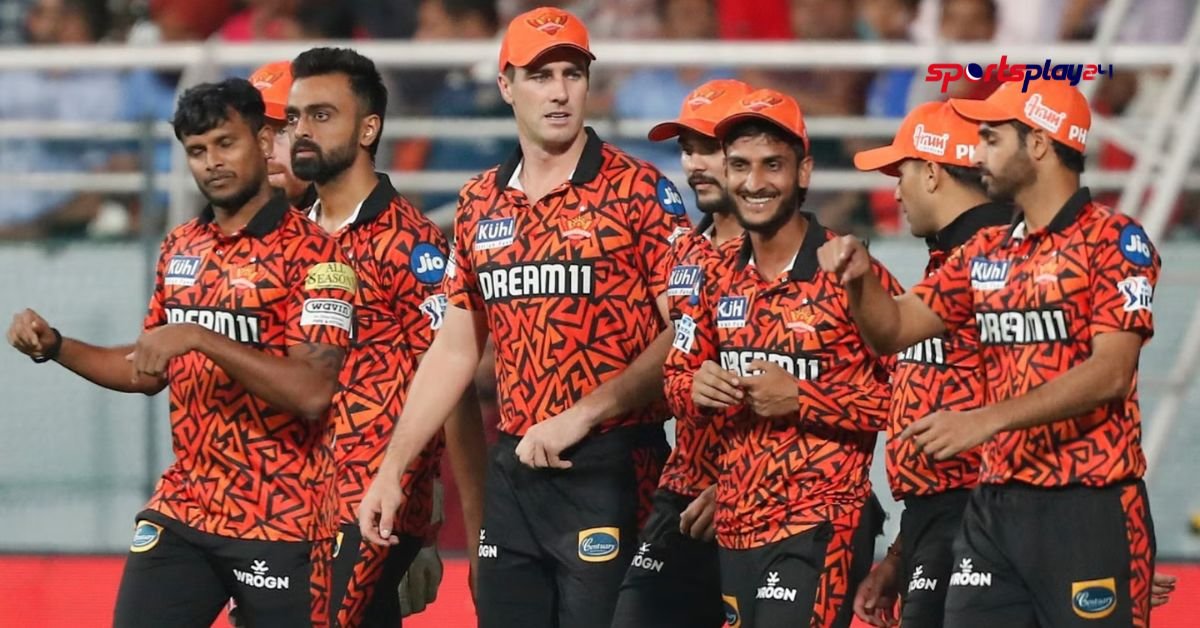
Sunrisers Hyderabad (SRH) enters IPL 2026 with a renewed focus on consistency, squad balance, and










---Advertisement---
